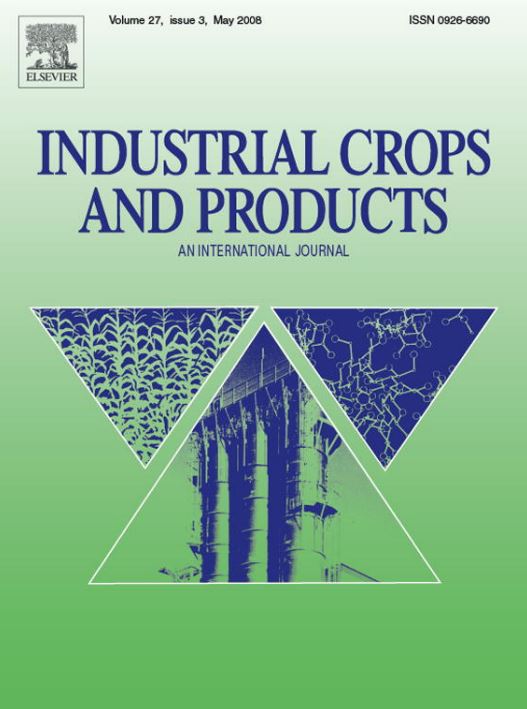Abstract
In Europe, industrial hemp (Cannabis sativa L.) is currently cultivated primarily for its fibers and seeds due to regulatory restrictions on flower use, although the flowers present untapped valorization potential. This study assesses the economic viability of cultivating hemp for its inflorescences and examines the quality impact of different cultivation methods by testing two varieties, Santhica 27 and Félina 32, across distinct growth environments. The cultivation systems tested include greenhouse-based soilless setup and open-field production. Within the greenhouse, the effects of an ethylene-based growth regulator, applied during the vegetative stage, on plant morphology and cannabinoid concentrations were assessed at three dosage levels (7.5, 15, and 30 µL L−1). The results showed a dose-dependent reduction in shoot height, lasting 21 to 28 days post-treatment before diminishing. Comparable total cannabigerol (CBG) levels were achieved with Santhica 27 in both field conditions and at the 30 µL L−1 ethylene dose in the greenhouse, while total cannabidiol (CBD) levels in Félina 32 were higher in the field than in the greenhouse. Overall, greenhouse cultivation yielded significantly greater cannabinoid production per square meter due to increased inflorescence biomass and the potential for multiple harvest cycles. However, operating costs for greenhouse cultivation are at least 13 to 15 times higher than those of open-field production. Economic analysis suggests that optimizing greenhouse cultivation techniques and reducing labor requirements at harvest could help mitigate these costs, enhancing the economic feasibility of greenhouse-based hemp flower production.




